Do you want to learn how to make an eCommerce business plan?
Whether you are considering taking the plunge into the eCommerce life or maybe you’re already selling, and you want to take it from “side hustle” to full-time. Either way, if you’re going to do serious eCommerce business, you need a business plan.
- Why Do You Need An eCommerce Business Plan?
- 1-Page eCommerce Business Plan
- The Traditional eCommerce Business Plan
Why Do You Need An eCommerce Business Plan?
It can take a lot of work to put together a comprehensive eCommerce business plan, but it’s such an important step for 4 basic reasons:
- It helps you establish a clear roadmap for your business from the outset.
- You have a clear sense of the viability of your opportunity.
- You know what resources are needed to make your business successful.
- It gives you a better idea of what you know and don’t know.
Taken together, these 4 reasons will save you tons of time, money, and heartache in the long run. So, let’s stop putting it off and get this eCommerce business plan started.
1-Page eCommerce Business Plan
To start out, we’re going to use the business model canvas. It’s a strategic planning tool developed by a Swiss business theorist by the name of Alexander Osterwalder, and it’s basically a 1-page business plan.
Pretty cool, right?
Don’t get too excited; you still need a full business plan. The business model canvas is just a really good place to start.
Business Model Canvas Structure
Here is a breakdown of the different sections of the business model canvas:
- Key Partners: Who is necessary for your business to be successful?
- Key Activities: What does your business need to do or achieve to be successful?
- Key Resources: What can you use to benefit your business?
- Value Proposition: What is your unique selling point?
- Customer Relationship: What is important in your customer relationships?
- Channels: How do people hear about your business?
- Customer Segments: How do you differentiate between customers?
- Cost Structure: Where will the money go?
- Revenue Streams: Where does the money come from?
Here’s a fun example of what a completed business model canvas could look like:
If you’re not quite this artistically inclined, don’t worry. Here’s another example of a business model canvas that is just as functional:
How To Use the Business Model Canvas
As you can see, there’s quite a bit to fill out, but whether you’re planning for your business as a whole or a single product launch, fill out the value proposition first. You’ll want to answer these questions:
- What do you plan to do?
- What needs are you satisfying?
- What is your unique selling point?
Next, add keywords to the other areas. You can be as creative or as concrete as you want.
Finally, be adaptive and flexible as you fill out the model. A business plan is meant to be a living document and not one written in stone.
Once you have your business model canvas filled out, you can use it as a guide to help you complete your full business plan. Let’s talk more about those now.
The Traditional eCommerce Business Plan
Do the words “traditional business plan” sound scary and formal to you too?
Don’t worry, it’s actually pretty painless. And, even though it may feel like it goes against the entrepreneurial spirit to create a business plan, you’re going to find yourself in a much better position than your counterparts without one. Not to mention that you’ll need one anyway should you ever seek out loans or funding.
In the rest of this post, we’ll walk you through the 6 sections you should include in your eCommerce business plan. If you’ve already completed the business model canvas this will go pretty smoothly for you.
Let’s get to it.
Section 1. About Your Company
The first section of your eCommerce business plan will include everything anyone would ever need to know about your company, from lofty ideals like writing a mission statement and vision statement to boring details like business structure and the date you were established.
Start out this section with your value proposition, or what sets you apart from the competition and why consumers should choose you. Check out our post for examples of great value propositions and to learn how to write your own.
After your value proposition, lay out your mission and vision statements.
You may be thinking that all three of these things sound the same, and you’re right, they are very similar. Here’s a quick way to tell them apart:
Value Proposition: why the customer should choose you.
Mission Statement: why your business exists right now.
Vision Statement: what your business hopes to become in the future.
After the value proposition, mission statement, and vision statement, you will include information about your business structure and the boring business details. Here are some ideas to include:
- Is your company a sole proprietorship, LLC, or corporation?
- What date was your business established?
- What do you sell?
- What is your industry?
- What is your businesses history?
- What are your objectives – short and long-term?
- Who is your team?
Section 2. The Market and Your Competition
In section 2 of your eCommerce business plan, you’ll want to talk about your niche and get into things like market size and identifying your competitors.
There are a couple of analytic tools that can be helpful for this section: PEST and SWOT.
A PEST analysis is useful for understanding market growth or decline based on political, economic, social, and technological factors. When done prior to a SWOT analysis it can help you identify the strengths, weaknesses, opportunities, and threats that may be present to both your company and your competitors.’
The table below includes examples of the types of things that could impact your business for each area.
Here’s a PEST analysis template that you can use:
You’re probably already familiar with a SWOT analysis, but did you know that you can benefit from doing them for both yourself and your strongest competitors?
Think about it. How would it benefit you to know about your competitor’s:
- strengths – what is working for them?
- weaknesses – what isn’t working for them?
- opportunities – what are they ready to take advantage of?
- threats – what are they worried about?
The more you know about your competitors, the better equipped you are to beat them at their own game, right?
At the very least you should take the time to do both a PEST and SWOT analysis for your own business. Here’s an example of a SWOT analysis template:
Section 3. Your Marketing Plan
Now that we’ve covered your company and your competitors, it’s time to talk about your customers and how you’re going to reach them.
The fastest and easiest way to build your marketing plan is by starting with buyer personas. After all, if you don’t know who your ideal customers are, you’re never going to create the right plan to reach them.
Buyer personas, sometimes called customer avatars, are basically fictional characters you make up to represent each of your ideal customers. Here’s an example from Mallory Haack design:
You want the personas to be as realistic as possible so you can create a marketing plan around them. You can learn how to create concrete buyer personas and see some more great examples in this post.
Once you have your personas created, you’re ready to start building your marketing plan.
We’re going to let you in on a pretty cool secret that will make building your marketing plan a breeze: use a sales funnel.
Take each of your buyer personas and ask yourself how these buyers fit into each step of the sales funnel. We even have a post with proven ways to increase conversions throughout your sales funnel that you can use to help you out along the way.
Let’s take a quick look at a marketing plan example for a new fashion brand using the awareness stage of the sales funnel.
Awareness Stage
1st Quarter Goal: Gain 100 new Instagram followers.
Action Steps:
- Post 3 new photos each week
- Respond to user comments on photos every day
- Comment on photos by similar accounts every day
- Research and use industry hashtags to encourage organic traffic
- Host 1 Instagram contest for followers
You can go through each stage of the sales funnel and create a robust marketing plan with as much or as little content and detail as you’d like.
When you’re ready to create content for each stage, we’ve got you covered there, too. Have a look at our beginner’s guide to content marketing, these awesome blog post ideas, and don’t forget how to run a successful email marketing campaign.
Section 4. Your Business Operations
This section will be all about the day-to-day operations of your business and should answer the question of how you plan to create and deliver your product or service.
In this section, you’ll need to go into detail about your production process to prove that you have the necessary plans in place to run the business, as well as contingency plans in place for surprises that come along due to marketplace uncertainty.
To make sure that you have the production process covered, you’ll want to include information covering:
- How long it will take to produce a specified number of units of product.
- What has been done to integrate customer feedback into the production of your product or service?
- What procedures do you have in place to handle a major increase in demand for your product or service?
You’ll also want to include detail about the supply chain, or the string of events that needs to happen in order to take your product or service from an idea to a reality. That supply chain will include things like:
- Suppliers: the people or businesses who will be providing the materials you won’t be making yourself.
- Facilities: where you’ll house your inventory or offices.
- Personnel: your staff and their duties.
- Equipment: the tools and technology you require to run your business.
- Fulfillment: the delivery method you’ll be using to get orders fulfilled.
- Inventory: how much inventory you’ll keep on hand or stored with a third-party and how you’ll track it.
- Customer Support: how will customer support requests and complaints and refunds be tracked and integrated?
Once you have your supply chain and production process outlined, you’re ready to move on to your business finances.
Section 5. Business Finances
Your business plan finances section is all about creating a budget. You’re looking for a best, educated guess budget that will show that you’ve really researched the financial feasibility of your great business idea. You want your great idea for a business to be profitable, right?
There are three key financial statements you’ll want to include in this section:
- Income Statement
- Balance Sheet
- Cash Flow Statement
Let’s take a close look at each of these statements to see what they’re all about.
Income Statement
The income statement is sometimes called a Profit and Loss or P&L. It shows your income and expenses over a specific period of time to get to your net profit (or loss). Here’s what a standard income statement looks like:
Balance Sheet
The balance sheet shows your net worth. On one side of the equation you have your assets less your liabilities and on the other is your equity. Here’s what the balance sheet looks like:
Cash Flow Statement
The cash flow statement is similar to the income statement with one key difference: it takes into account the actual date that money comes in and goes out, allowing you to identify when cash might be low so you can adjust. Here’s an example of a cash flow statement:
You’re doing an awesome job at this business plan stuff; it’s really hard work! You only have one more section to create. Let’s move on to section 6, shall we?
Section 6. Measuring Your Success
Last but certainly not least, you must set up a schedule with realistic milestones and deadlines. The purpose of this is twofold:
- You will stay on target and be able to celebrate your smaller victories.
- You will be able to respond quickly when you fall behind schedule.
Create a timeline that’s going to be challenging and keep you on your toes, but that isn’t going to be impossible to achieve. And, remember that this isn’t written in stone.
If you’re continually finding yourself falling behind, it’s entirely possible that it’s not a failing on your part, but that something in your process needs to be adjusted. You have to be willing to reevaluate your process as you move through it.
That’s it! You have a complete eCommerce business plan for your online business. Both scary and exciting, isn’t it? Welcome to the life of a business owner. You’re going to be just fine.
For good measure, check out these common eCommerce business problems and ways to solve them to get ahead of those problems before they even start!
If you’re looking for a complete eCommerce launch checklist, read A 14-Point eCommerce Launch Checklist for New Store Owners.
Ready to build your site? Check out our top picks for WordPress eCommerce plugins to build your best business.
Now that your business plan is done, it’s time to start getting leads and growing your email list. One of the best ways to do that is with OptinMonster.
OptinMonster is the best at popups for lead generation, so let us teach you how to do popups correctly with these popup best practices. Then, get started with OptinMonster today!

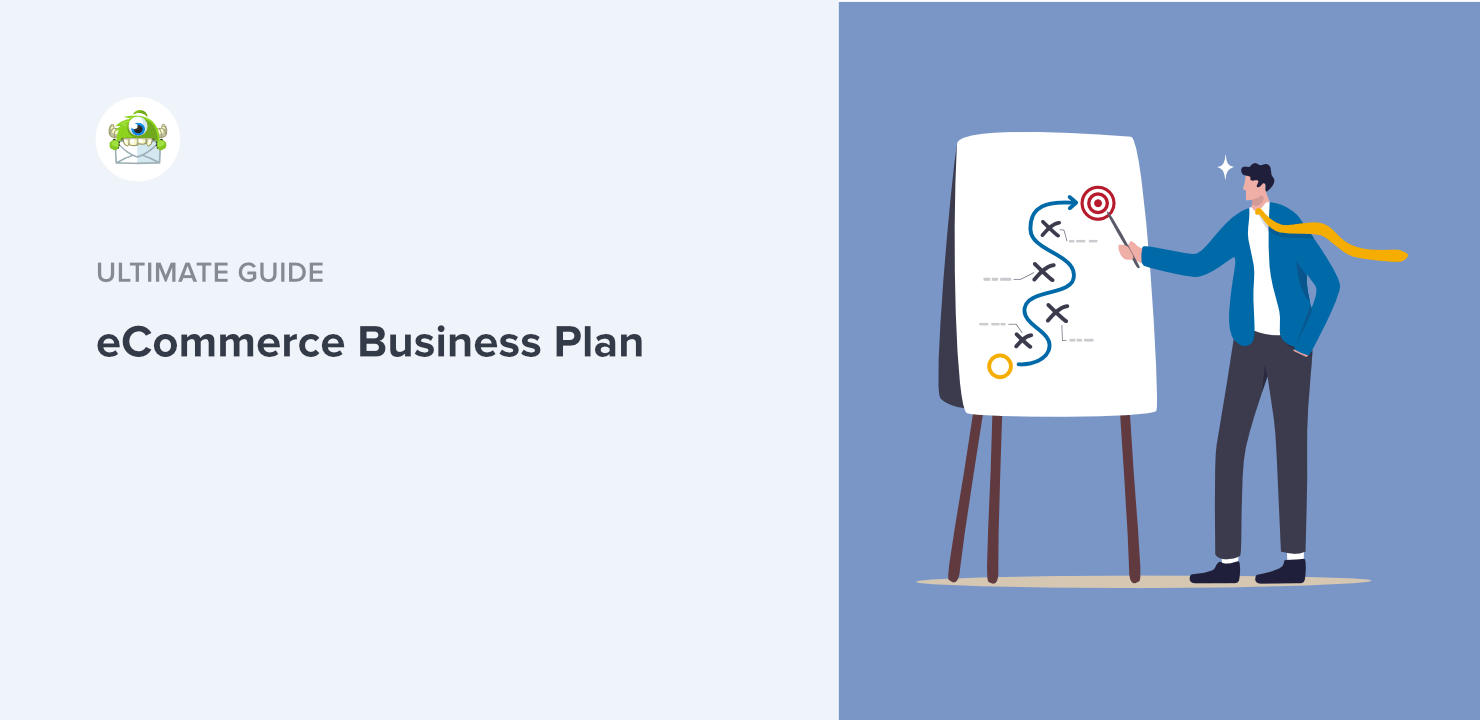
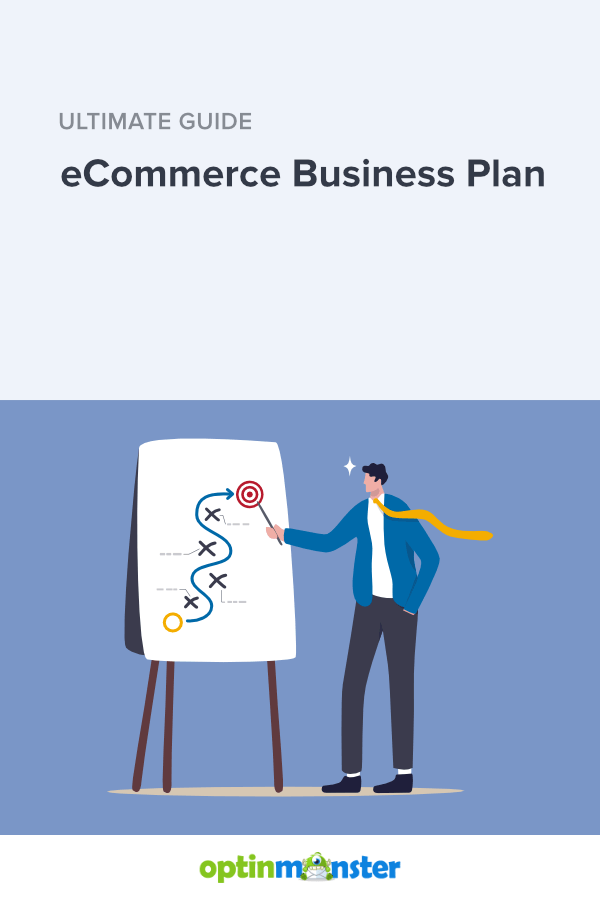



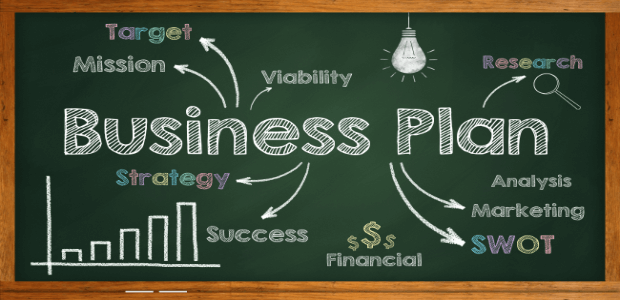
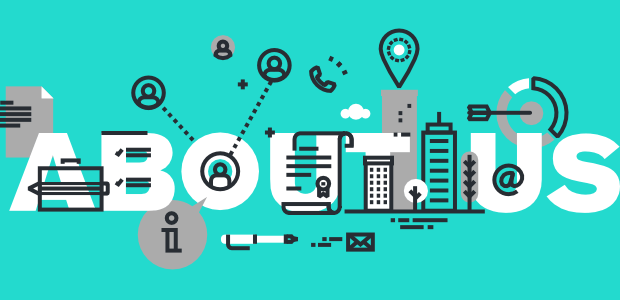

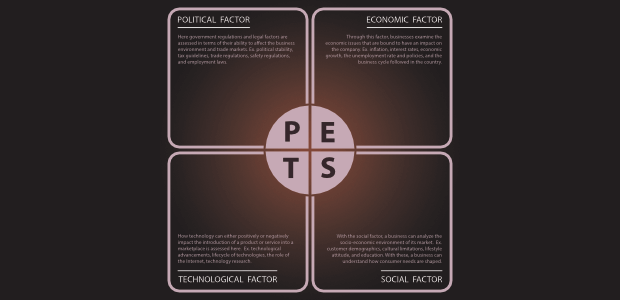

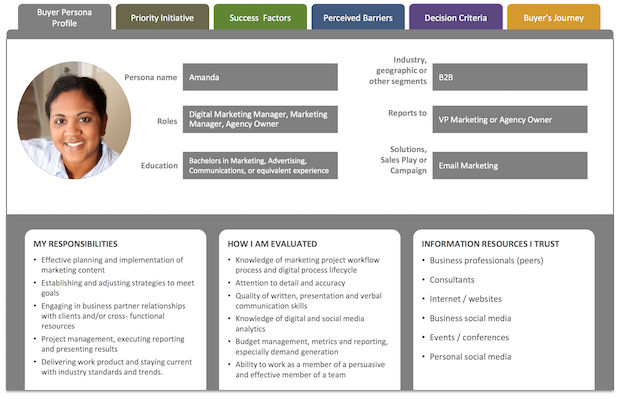
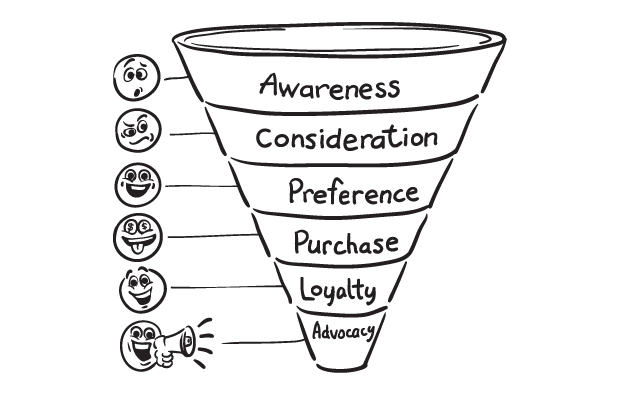




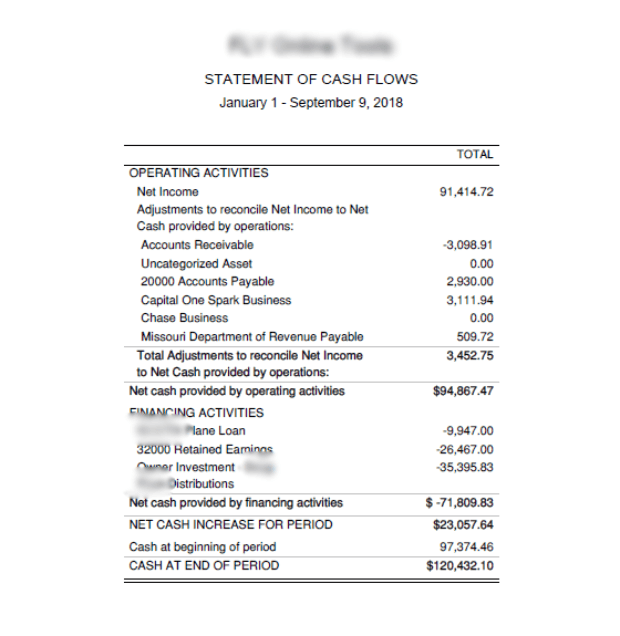









Add a Comment